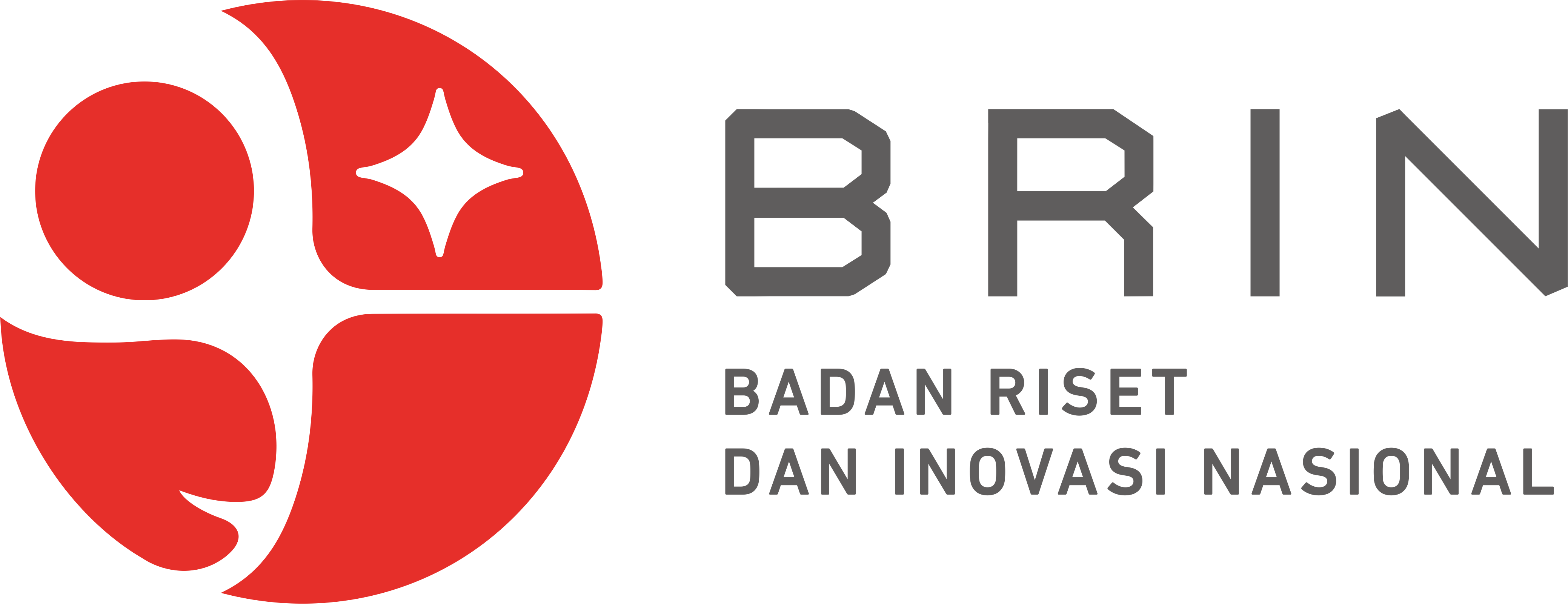Reality Counseling to Reduce Anxiety Before Being Free For Inmates of Drug Cases Correctional
DOI:
https://doi.org/10.35747/ph.v4i2.246Keywords:
Anxiety, Counseling, Prisoners, Reality TherapyAbstract
Anxiety experienced by prisoners before their free period is something that can be a source of stress and inhibit their social functions when in the community.The anxiety symptoms experienced such as insomnia, fear, and doubt. Moreover, leaving prison presents the challenge of social integration—of connecting with family and finding housing and a means of subsistence. This study aims to determine the effectiveness of reality counseling to reduce anxiety of prisoners in drug cases in the Class IIA Women's Penitentiary in Malang. The subject of this study was a 33 years old woman experiencing anxiety before the end of her incarceration. Data collection was carried out by interviews, graphic tests, SPM tests, and instruments in the form of the Self-report Anxiety Scale (SAS) given before and after the intervention. The intervention is provided in six sessions of reality counseling technique. The results showed that reality counseling was able to reduce the anxiety level of the subjects. The subject managed to find insight to face the reality of her life and not blame others, as her negative thoughts will not necessarily come true.
References
Alipour, A., Oraki, M., Zarghami, M., & Mahally, M.G.A. (2019). Comparative effectiveness of Cognitive‑Behavioral Group Therapy and Reality Therapy on The Quality of Life of Patients With Seborrheic Dermatitis. Journal of Nursing and Midwifery Sciences, 7(1), 36-41.
Brown, A., Marquis, A., & Guiffrida, D. (2013). Mindfulness-Based Interventions in Counseling. Journal of counseling and development, 91(1), 96-104.
Corey, G. (2013). Teori dan Praktek Konseling dan Psikoterapi. Bandung: PT. Reftika Aditama.
Davidson, G. C., Neale, J. M., & Kring, A. M. (2006). Psikologi Abnormal. Jakarta: PT.Raja Grafindo Persada.
Giacaman, R., & Johnson, P. (2013). “Our Life Is Prison” The Triple Captivity Of Wives And Mother Of Palestinian Political Prisoners. Journal of Middle East Women’s Studies, 9, (3), 54-80.
Jewkes, Y., Jordan, M., Wright, S., & Bendelow, G. (2019). Designing ‘Healthy’ Prisons for Women: Incorporating Trauma-Informed Care and Practice (TICP) into Prison Planning and Design. Int. J. Environ. Res. Public Health, 16, 3818; doi:10.3390/ijerph16203818
Martel, J. (2001). Telling The Story: A Study in The Segregation of Woman Prisoners. Social Justice, 28 (1), 197-215.
Nelson-Jones, R. (2011). Teori dan Praktik Konseling dan Terapi, Edisi Keempat. Pustaka Pelajar: Yogyakarta.
Nevid, J.S., Rathus, S.A., & Greene, B. (2005). Psikologi Abnormal Jilid 1. Jakarta: Penerbit Erlangga.
Ozdemir, O & Ozdemir, PG. (2021). Reality and Rationality as Aim and Method in Psychotherapy. Current Approaches in Psychiatry, 13(4):685-692
Lopez-Perez B, Deeprose C, Hanoch Y. (2018). Prospective Mental Imagery As Its Link With Anxiety And Depression In Prisoners. PLoS ONE, 13(3): e0191551.
Paul, R. (2005). Virtual Reality Therapy For Anxiety Disorders: Advances in Evaluation and Treatment. The American Journal of Psychiatry, 162(9), 1772.
Pintoz-lopez, I. (2010). Choice and Responsibility in Counseling: Looking Into Neuro-Linguistic Programming (NLP) and Reality Therapy (RT) For A Common Thread. International Journal of Choice Theory and Reality Therapy, 30(2), 23-35.
Prenzlau, S. (2006). Using Reality Therapy to Reduce PTSD-Related Syimptoms. International Journal of Reality Therapy, 25(2), 23-29.
Watson, M., Dealy, L., Todorova, I., & Tekwani, S. (2014). Choice Theory and Reality Therapy: Applied By Health Professional. International Journal of Choice Theory and Reality Therapy, 33 (2), 31-51.
Wubbolding, R., & Brickell, J. (2013). Resources for Teaching and Learning Choice Theory and Reality Therapy, Part III. International Journal of Choice Theoryand Reality Therapy, 33 (1), 51-57.
Downloads
Published
How to Cite
Issue
Section
License
Copyright (c) 2022 Galuh Dwinta Sari

This work is licensed under a Creative Commons Attribution-ShareAlike 4.0 International License.














